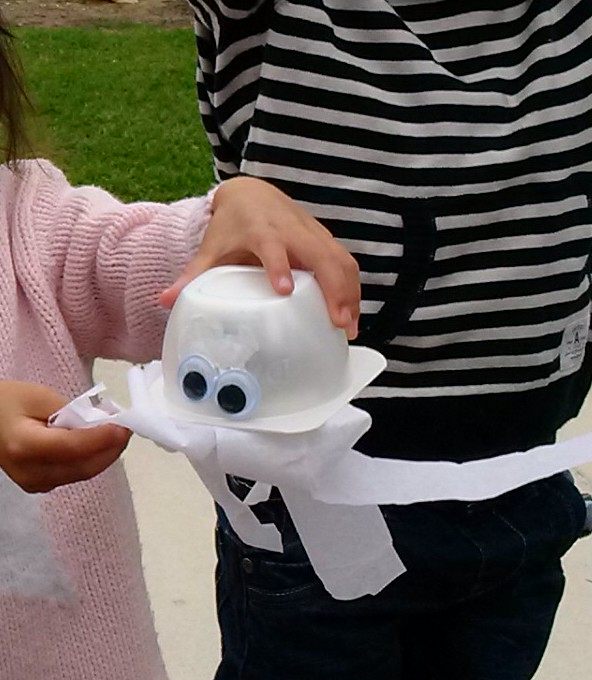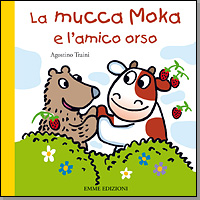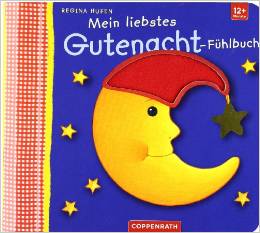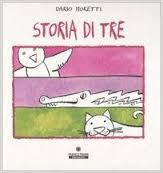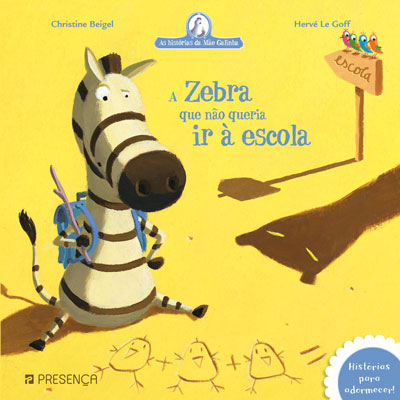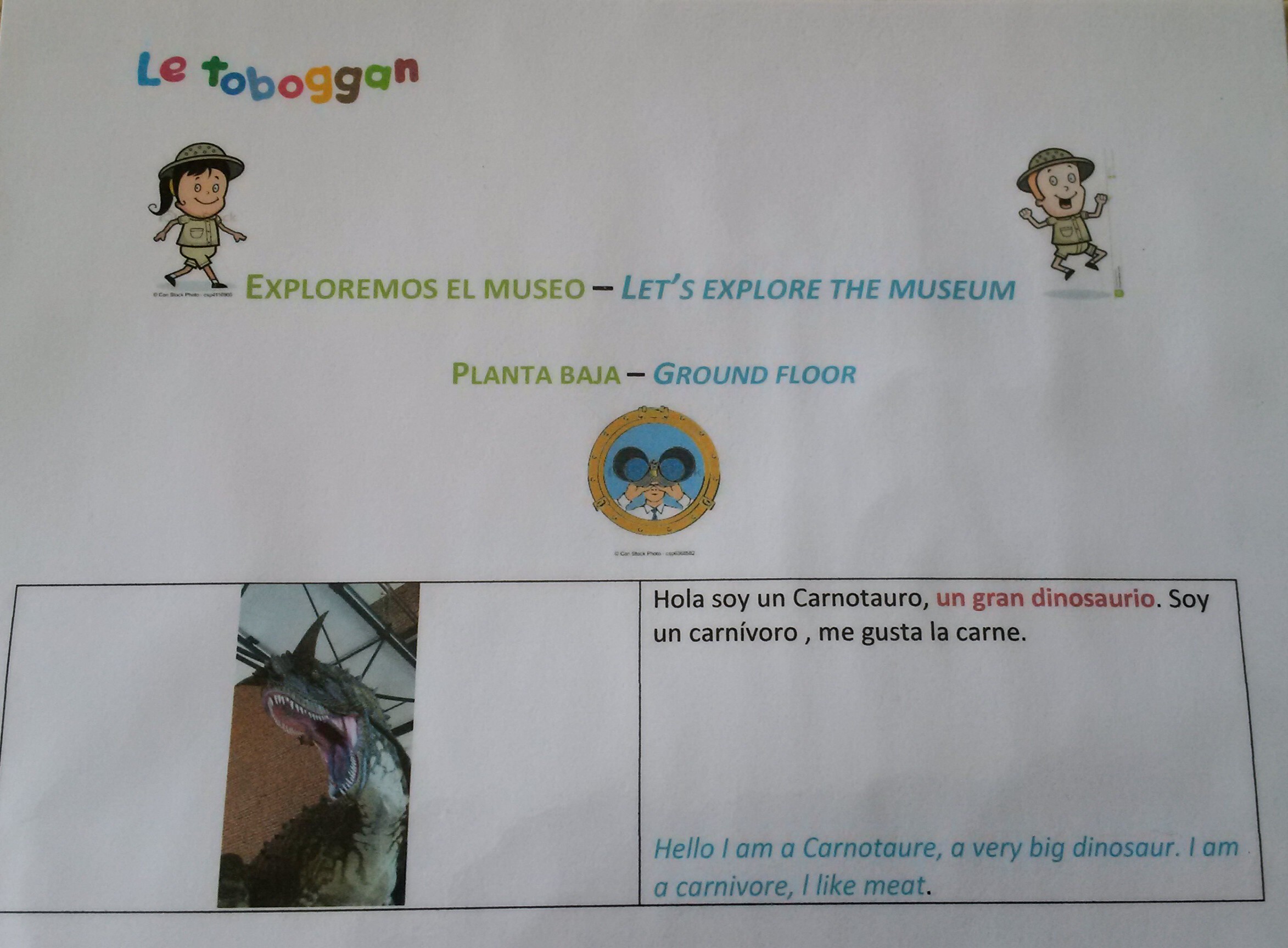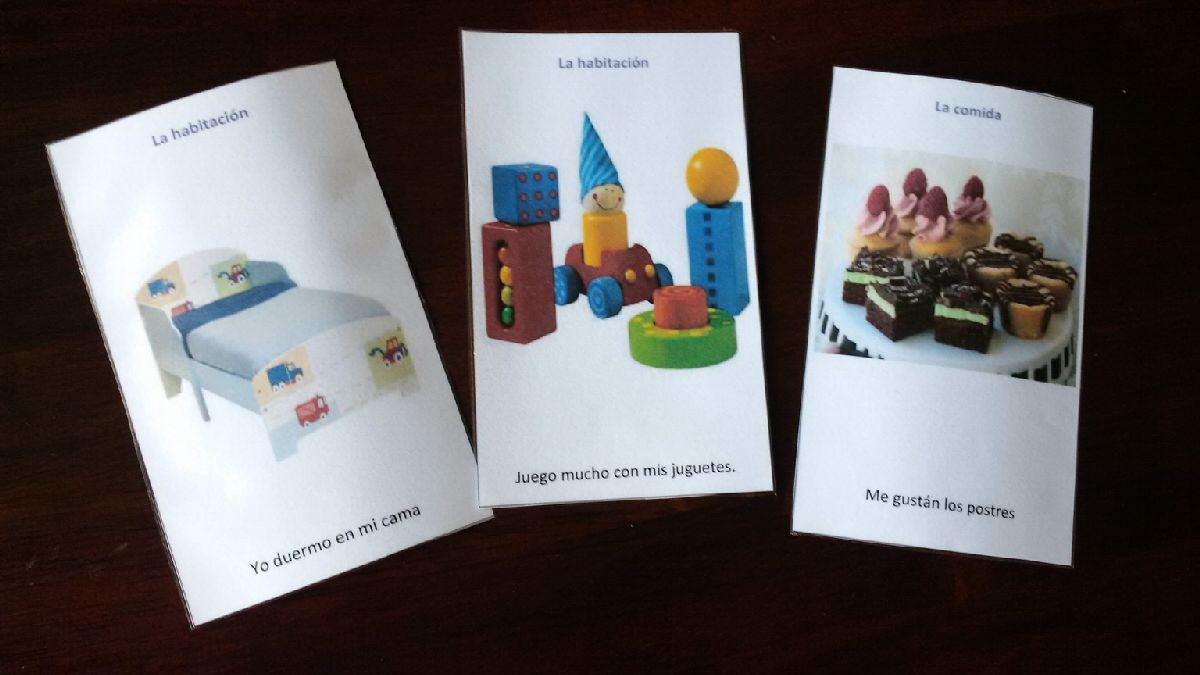
Children learn better through play. They are having fun and they even do not realise they are assimilating facts and knowledge.
At Le Toboggan’s workshops we encourage play and since a few weeks we are trialling “French/Spanish in the Park”. We hold our workshops outdoors at playgrounds across Perth. We alternate study, play, activity such as craft or a game related to the day’s lesson, play and so on… Everyone enjoys the experience. I get more of the children’s concentration by allowing them short breaks on the slide or in the sandpit. After all a 3-year-old’s attention span does not run for 45 minutes in a row.
I am often asked where and how I find all the ideas for the activities we run in our language workshops. Well, I get my inspiration from several sources, games I used to play when I was a child at school or at home, the internet is full of great ideas for lessons and craft activities adapted to all ages, children’s books are a great source of information, songs, rhymes, short stories, activity books…. and also from other carers. What do they do to keep their children busy? I also check what they do at the childcare my children go to. Ideas are everywhere, time is a more finite resource.
When I start with an idea, I usually get a second then a third. It is almost as ideas snowball so does the enthusiasm.
I am passionate about multiculturalism and I already mentioned in previous posts that I am raising my 2 toddlers trilingual French, Spanish and English.
As soon as they will start their schooling it will become harder and harder to keep up with languages other then English, hence the huge emphasis we place on French and Spanish now. I use the same tools with them as in the workshops and today I am going to describe how I make language flashcards.
Children like flashcards. It is fun, there are colourful and attractive pictures. The issue with language flashcards is they often come by theme, i.e. the home, animals, etc… I wanted to make my own so we would get a variety of themes but I was free to add a short sentence describing and action or the image.
First, I chose the themes, i.e. home, farm animals, wild animals, clothing, food, bedroom. You can also choose family, colours, shapes, a celebration such as Christmas, Chinese New Year and Easter.
Then I browsed the internet and found free pictures that I could download. I copied and pasted them on a table that I made on MS Word. If you are graphic design savvy, you might want to choose another software. I made sure that all the cell with the pictures had identical dimensions.
Printed it all off and cut out the flashcards. Then I laminated the cards so they are more durable. If you do not own a laminator you might want to print on thicker paper.


Memory cards are a variation of flashcards. You can choose a specific theme such as the ones I did for Halloween, but it could also be your family pictures, children’s own drawings or colouring in that you could photocopy. You will need 2 of each card. Then you know how it works.
Next time we will be describing how to keep your children’s full attention by sending them on a mission: explore the museum, the art gallery or the aquarium.






